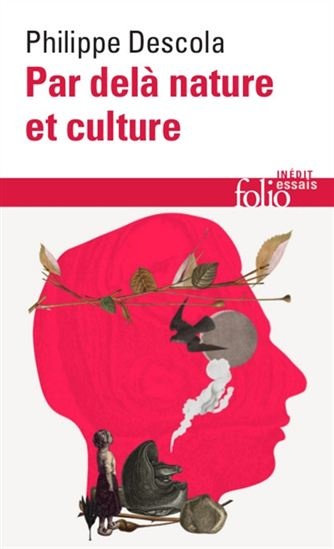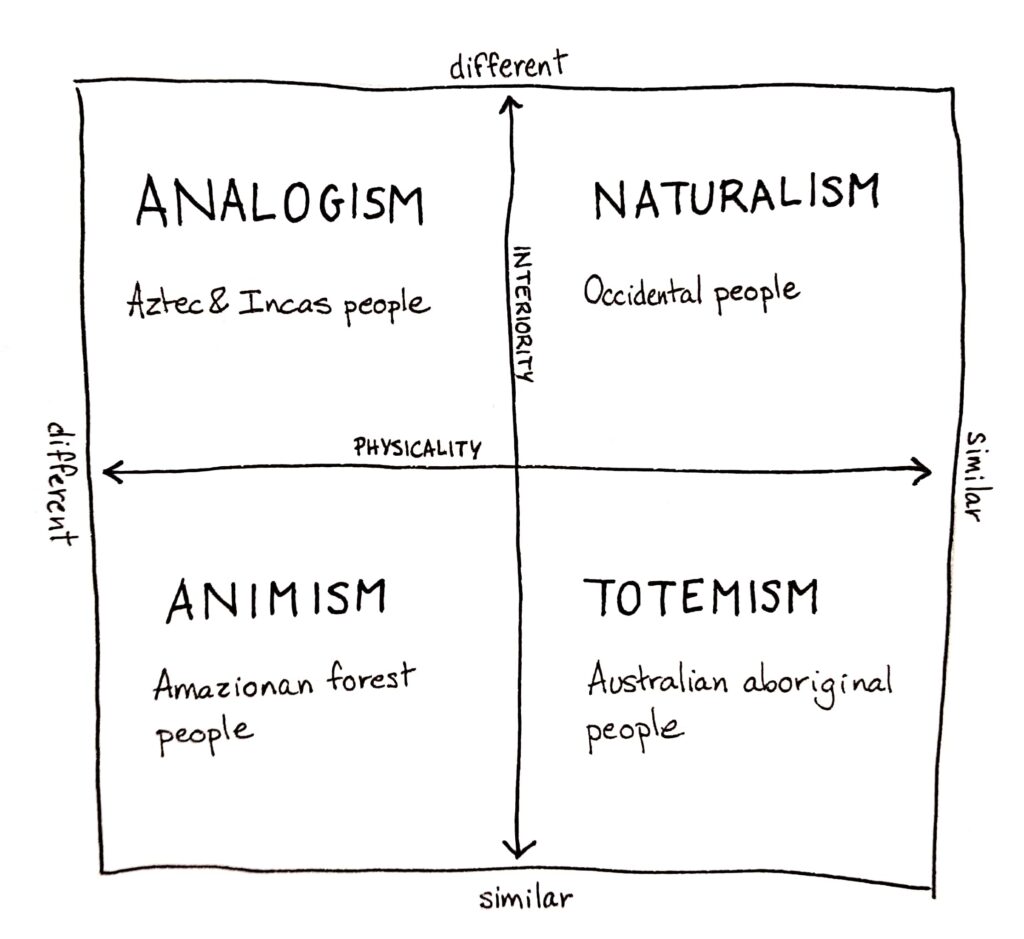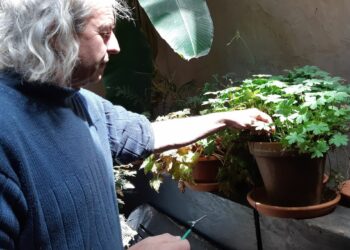Ontology is a anthropological/philosophical discipline that refers to the subject of existence. It’s about how we perceive the world, we classify it, we act in it.

Philippe Descola is a French anthropologist that has dedicated his research to nature ontologies across cultures. His idea is that the concept of “nature” doesn’t exists and is just a social production centered on human point of view. The belief of the existence of nature is to say that some entities exists thanks to something that is not human willingness. Very typical of occidental cosmologies, naturalism makes us thinks that nothing happens without a cause. That way, naturalism is so implemented in our ways of thinking that it determines our points of view and our view on others and world.
But naturalism is not the only way to perceive nature. In the book Par-delà nature et culture1 (Beyond nature and culture), Descola identifies four different ontologies: totemism, animism, analogism, and naturalism. He classifies them considering the continuity of two parameters :
- interiority : do objects have intentions, a purpose, like me ?
- physicality : do those objects share the same physical properties as me ?

Totemism believes in a similarity of the physicality and of the interiority. It gathered humans and non-humans into categories depending on certain physical or psychological attributes. For example the Australian aboriginal people all have a totem. You are not called by your name, but by the totem like Mr Kangaroo, Mrs Ignam and so on. A totem can also represent a clan, a generation. It means you share some attributes with this totem and then you are connected by physicality and interiority.
Animism see a discontinuity of the physicality but a continuity of the interiority. In other words, what can make a difference between humans and non-humans is just the skin. Going beyond the physical differences, animals and plants have the same soul and purposes as humans. You can interact with the same as you do with other people. For example, some aboriginal people of the Amazonian Forest discuss every morning the dreams they had in the night. In those dreams, plants and animals are taking a human appearance and speak human language to deliver messages.
Analogism says that physicality is different, either interiority. Here, the world is divided in a myriad of different individualities, all physically different (not the same kind of life) and in their interiority too (not the same purposes). It is the way of thinking of Aztec and Incas people, or of the Chinese civilization. The world is composed of an infinity of hierarchic relationships between every living beings. It is often related to the polytheists religions that give different attributes to gods.
Naturalism is the way all occidental have been raised. Here, we put a bareer between us humans and whatever else we consider as nature. Despite that we have the same physicality, we don’t have the same interiority. We share the same physiological properties, but we have completely different purposes in life. Because this way of thinking is so widespread in our culture, it’s nearly impossible for us to understand other ways of thinking and to have the feeling that we are part of the nature. Besides, the word “nature” can only be found in occidental languages, you don’t have it the Japanese or Chinese civilizations.
Naturalism led to the separation of nature and culture and is the direct source of all our actions concerning nature. For centuries we’ve been told that it was different from us. Is it even possible nowadays to think out of the naturalist prism ?
Sources :
- Descola Philippe, Par-delà nature et culture, 2005

